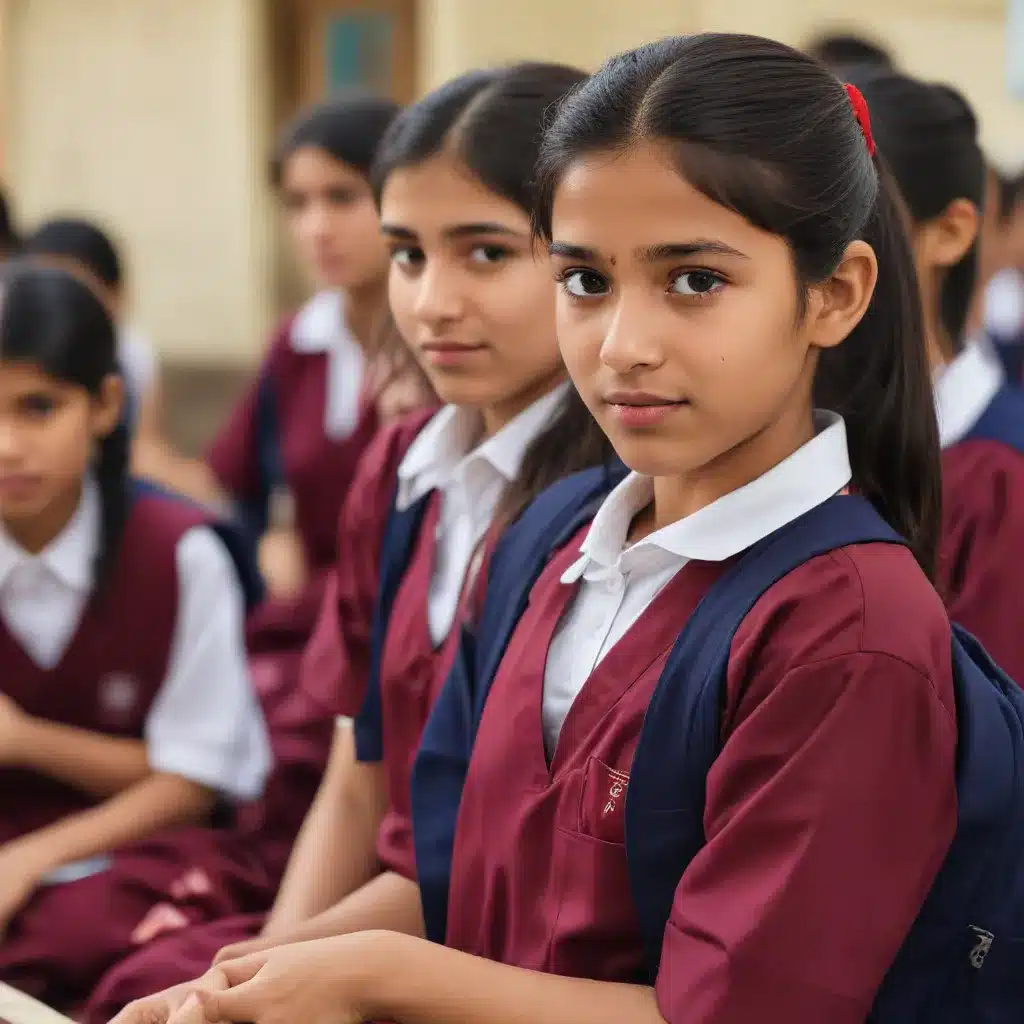
The Challenges of Menstrual Hygiene Management in Schools
Girls’ health and education are foundational to the development and empowerment of women in India. However, poor menstrual hygiene management (MHM) has been shown to result in feelings of shame, anxiety, and embarrassment among adolescent schoolgirls. This, in turn, contributes to high rates of absenteeism and negatively impacts their academic performance.
This comprehensive study examines the prevalence of school absenteeism during menstruation, the key factors associated with it, and the practices regarding menstrual hygiene among adolescent girls in government schools across Delhi, India.
Prevalence of School Absenteeism During Menstruation
The cross-sectional survey and qualitative research conducted across six government schools in Delhi revealed that a significant proportion of girls – 40% out of the 600 participants – remained absent from school during their menstrual periods.
Of those who missed school, the majority (68.6%) took one day off, while 24% missed 3-4 days, and 7.4% were absent for 5-7 days. The primary reasons cited for this absenteeism included:
- Dysmenorrhea (Menstrual Pain): 76.3% of the girls complained of painful cramps that kept them from attending school.
- Excessive Bleeding: 31.8% of the participants stayed home due to heavy menstrual flow.
- Fear of Leakage and Staining: 28% were anxious about their clothes getting soiled, while 21.6% felt embarrassed about attending school.
- Parental Restrictions: 3.7% were barred from going to school during their periods by their parents.
The qualitative focus group discussions provided deeper insights into the challenges the girls faced. Many expressed feeling “awkward” about asking teachers or friends for assistance, especially when boys were around. They would often resort to telling friends to inform the teacher that they were “sick” in order to be sent home or remain quietly in class until everyone left.
Factors Associated with School Absenteeism
The study identified several key factors that were significantly associated with increased school absenteeism during menstruation:
Type of Menstrual Absorbent Used
Girls who used pieces of cloth were 3.1 times more likely to miss school compared to those who used commercial sanitary pads. The lack of access to hygienic menstrual products was a major barrier.
Lack of Privacy and Facilities at School
Schools with inadequate or no separate toilets for girls, limited water supply, and poor disposal facilities for sanitary waste had 5.6 times higher absenteeism rates during menstruation.
Mother’s Education Level
Schoolgirls whose mothers were illiterate were 2.4 times more likely to miss school during their periods than girls whose mothers were literate. Maternal education played a key role in menstrual health awareness and practices.
Restrictions Imposed on Girls
Many participants reported that they were not allowed to attend school, cook, or play with boys during their periods due to cultural taboos and traditions. These restrictions further contributed to absenteeism.
Impact on Academic Performance
The survey results revealed that menstruation had a significant impact on the daily school life of the participants. Over 65% of the girls reported that it affected their regular activities, with 12% missing class tests or exams, 58.5% avoiding sports, and 49.6% complaining of lack of concentration in class.
One student shared, “Menstruation hampers our concentration in class since our attention is disturbed with the thought of possible sudden onrush and leakage of menstrual flow to stain our clothes.”
The qualitative discussions also highlighted how menstruation-related problems, such as pain, anxiety, and the inability to access sanitary supplies, led to poor class attendance, difficulty in preparing for tests, and overall decline in academic performance.
Improving Menstrual Hygiene Management in Schools
The findings of this study underscore the urgent need to address the gaps in MHM facilities and education within Indian schools. Some key recommendations include:
-
Improving Access to Sanitary Products: Ensuring the availability of affordable, high-quality sanitary pads and other menstrual hygiene products in schools can reduce the reliance on unhygienic cloth materials and mitigate the fear of leakage and staining.
-
Enhancing School Infrastructure: Providing adequate, clean, and private toilet facilities with running water, soap, and disposal mechanisms for used sanitary materials can create a more conducive environment for girls to manage their menstruation at school.
-
Strengthening Menstrual Health Education: Integrating comprehensive menstrual health education into the school curriculum can help dispel myths and taboos, empowering girls with knowledge about their bodies and improving their confidence.
-
Engaging with Families and Communities: Counseling mothers and other family members to overcome their inhibitions about discussing menstruation can encourage open dialogue and the adoption of healthy MHM practices at home.
-
Training Teachers and School Staff: Equipping teachers and support staff with the knowledge and skills to sensitively address menstruation-related concerns can create a more supportive environment for adolescent girls.
By holistically addressing the challenges of MHM in schools, policymakers and educators can significantly improve girls’ attendance, academic performance, and overall wellbeing – unlocking their full potential as leaders and contributors to India’s development.
Conclusion
This comprehensive study underscores the critical need to prioritize menstrual hygiene management in Indian schools. The alarmingly high rates of school absenteeism during menstruation, coupled with the detrimental impact on girls’ academic performance and overall school experience, demand immediate and concerted action.
Through targeted interventions to enhance access to sanitary products, improve school infrastructure, strengthen menstrual health education, and engage with families and communities, we can empower adolescent girls to overcome the challenges of menstruation and thrive in their educational pursuits. Investing in these efforts will not only benefit individual girls but also contribute to the broader goal of gender equality and the holistic development of India’s future generations.
By addressing the issue of menstrual hygiene management in schools, we can unlock the full potential of our adolescent girls, paving the way for a more equitable and prosperous society. The Joint Action for Water initiative remains committed to driving this transformative change and supporting communities in their efforts to create a menstrual-friendly environment for all.

